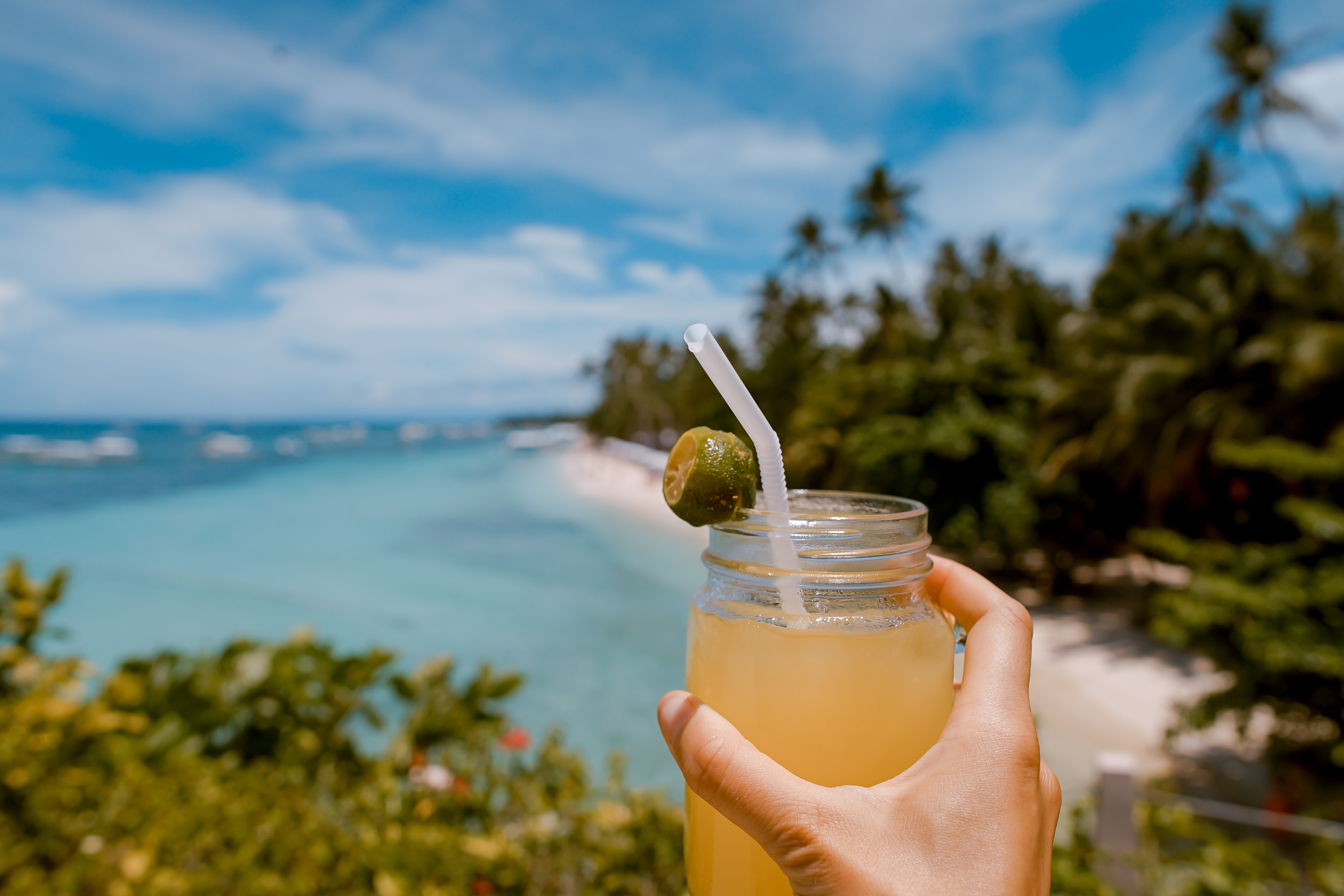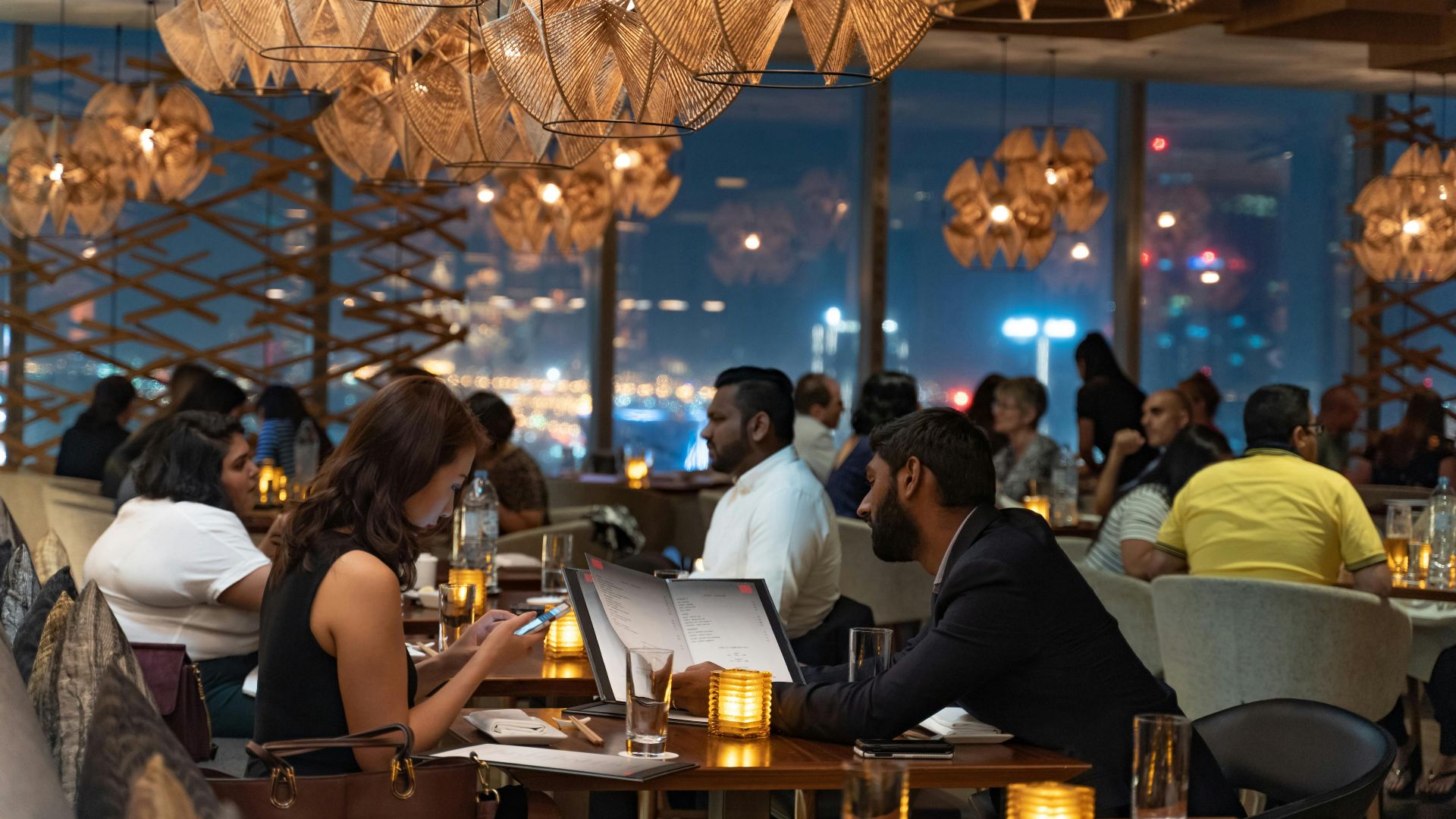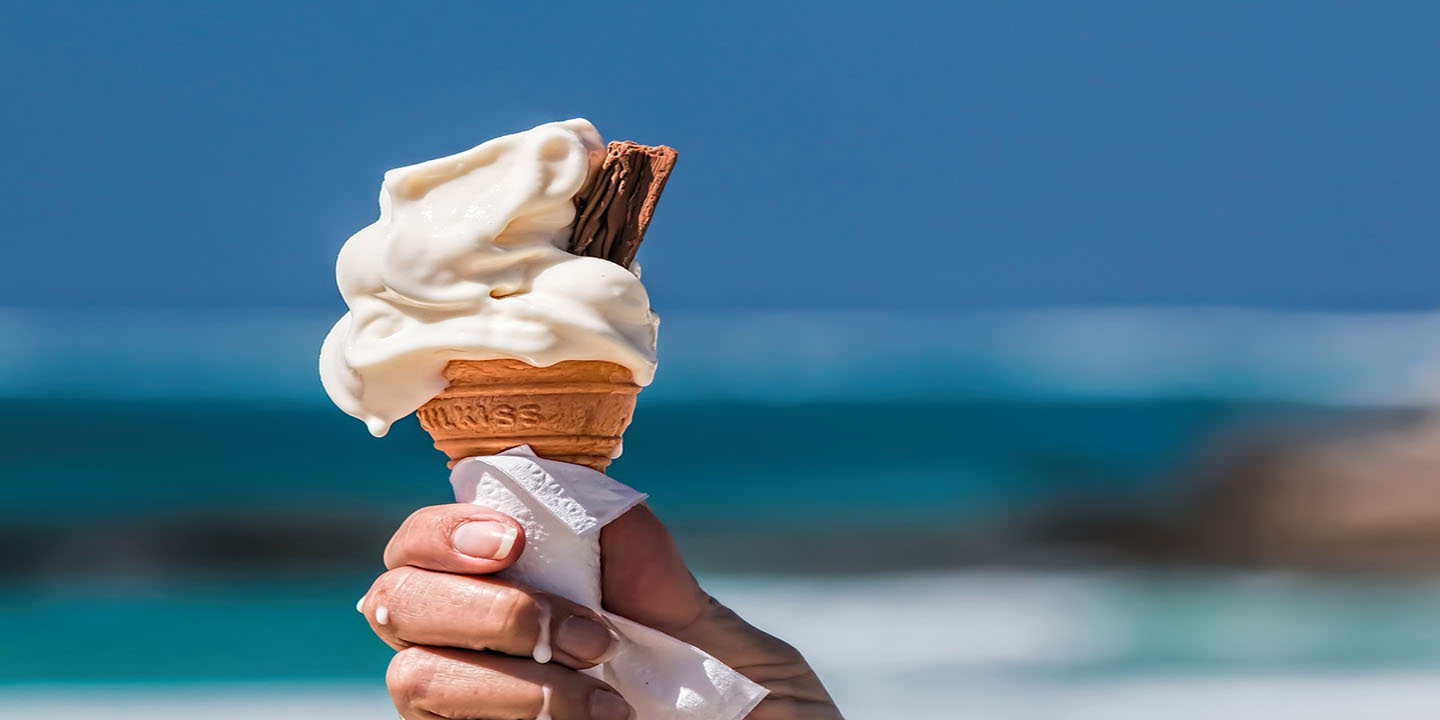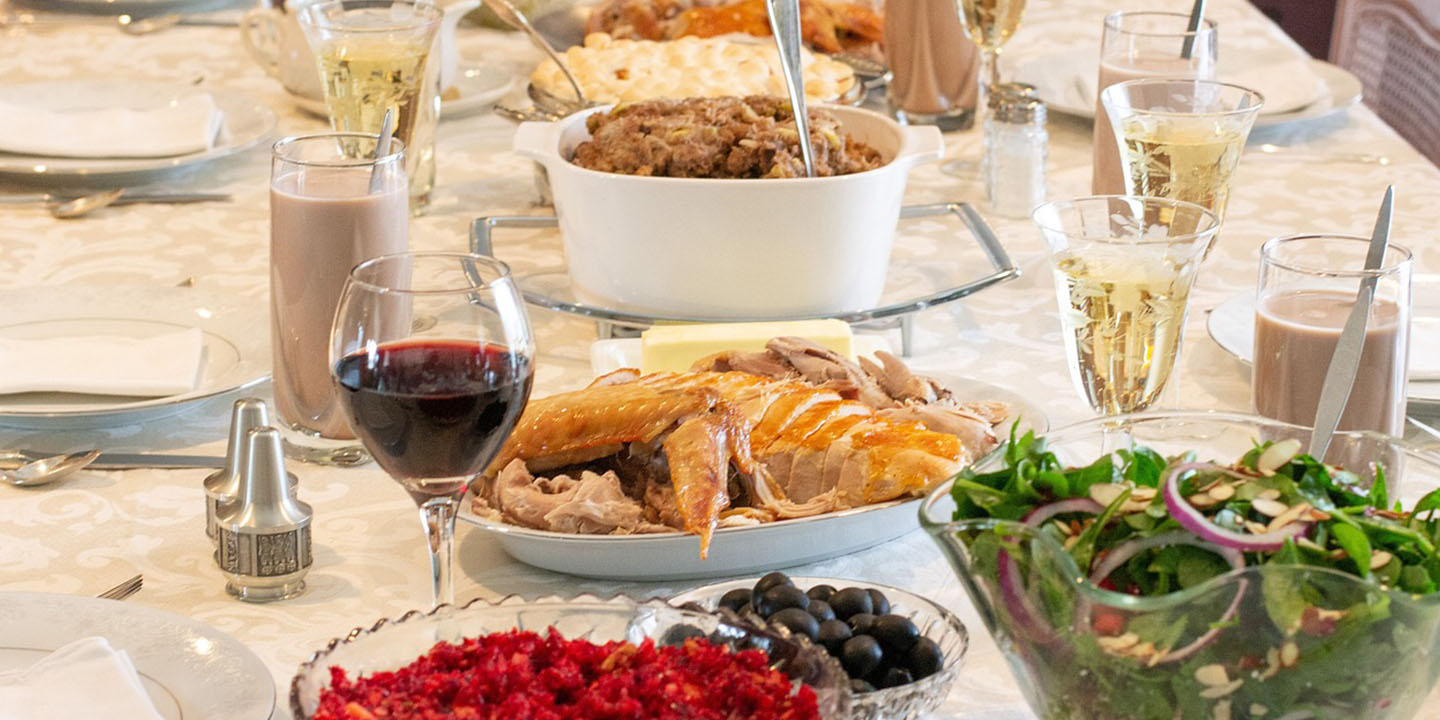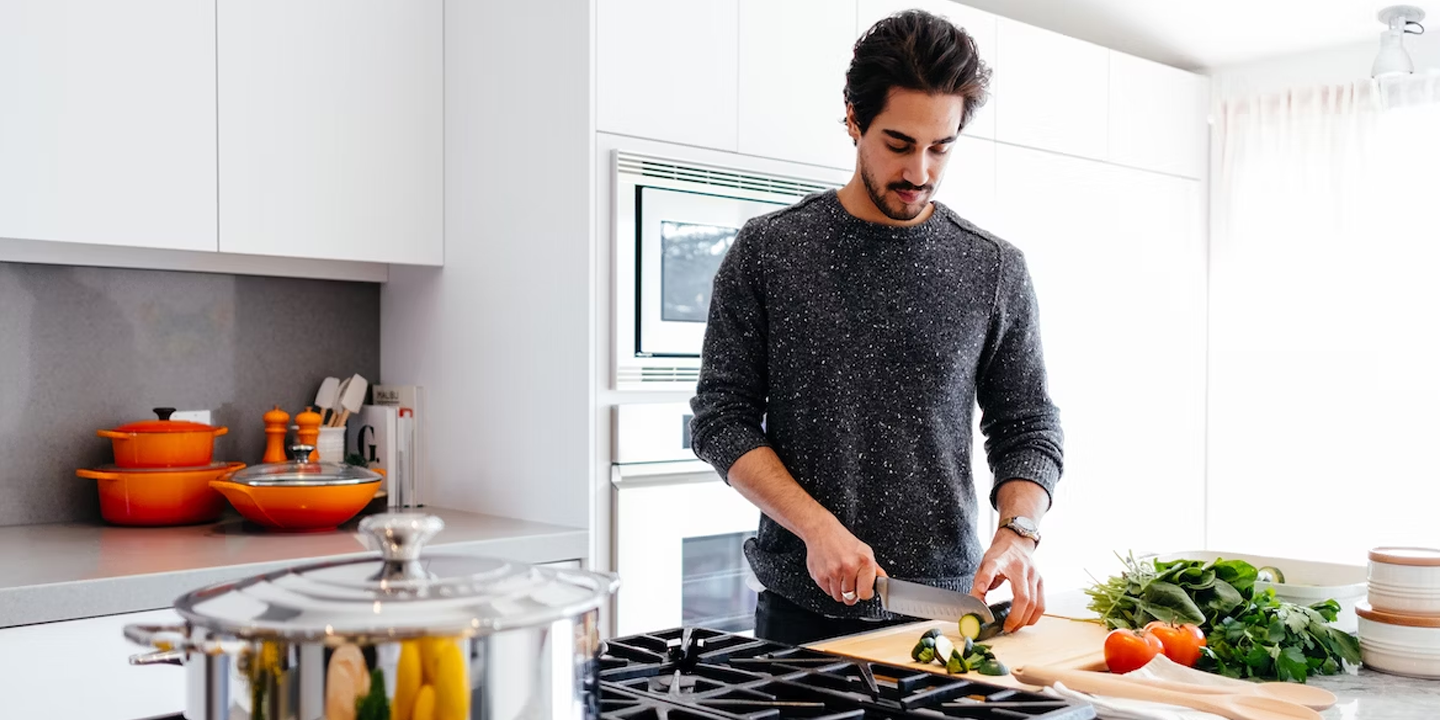Remember when a restaurant's success depended solely on newspaper critics and word-of-mouth? Well, those days are long gone.
Today, a single Instagram post from the right influencer can create a line around the block within hours. Food influencers have fundamentally changed how restaurants market themselves, attract customers, and even design their menus.
The Rise Of The Digital Tastemaker
With platforms like Instagram, TikTok, and YouTube dominating our screens, these digital tastemakers wield unprecedented power over dining trends and consumer behavior. The numbers tell a compelling story. According to a national MGH study, more than half of millennial TikTok users—53%—have visited or ordered from a restaurant after seeing the eatery on TikTok.
This isn't just about pretty pictures anymore. Food influencers have become trusted sources of culinary discovery, with their recommendations often carrying more weight than traditional advertising. When a mid-sized influencer with 100,000 followers posts about a local eatery, that restaurant can see a 20–30% increase in foot traffic within days.
For smaller establishments operating on thin margins, this kind of exposure can mean the difference between thriving and merely surviving.
The Instagram-Worthy Menu Phenomenon
Walk into any trendy restaurant today, and you'll notice something peculiar: dishes seem designed for photography first, consumption second. This isn't accidental. Restaurant owners and chefs now carefully craft "Instagrammable" menu items specifically to attract influencer attention and social media buzz. The rainbow bagel trend, towering milkshakes topped with entire slices of cake, and artfully arranged sushi burritos all emerged from this influencer-driven ecosystem.
Restaurants invest thousands of dollars in lighting, interior design, and plating techniques to ensure their establishments look their best in photographs. The famous pink wall at Pietro Nolita in New York City became one of the most photographed restaurant backdrops in the world, driving massive traffic to the pizzeria. Some establishments even hire social media consultants to optimize their "shareability quotient."
While critics argue this prioritizes aesthetics over taste, restaurateurs counter that visual appeal has always mattered; social media simply amplified its importance.
The Double-Edged Sword Of Viral Fame
Not all influencer attention is created equal. The moment a restaurant goes viral, the sudden influx can be overwhelming and sometimes devastating. Small family-owned restaurants have struggled when thousands of customers descended after a viral TikTok, leading to overwhelmed staff, quality control issues, and neighborhood complaints.
Some establishments have even temporarily closed to regroup and expand capacity. There's also the fickleness factor. Today's hottest spot becomes tomorrow's forgotten trend as influencers chase the next big thing. Restaurants that build their entire strategy around influencer marketing often face sustainability challenges once the spotlight moves on.
Smart restaurateurs now view influencer partnerships as one tool among many, focusing on creating genuine quality and memorable experiences that encourage organic sharing rather than manufactured moments. The most successful restaurants in the influencer age are those that balance Instagram appeal with substance, understanding that viral fame means nothing without the food and service to back it up.
KEEP ON READING
